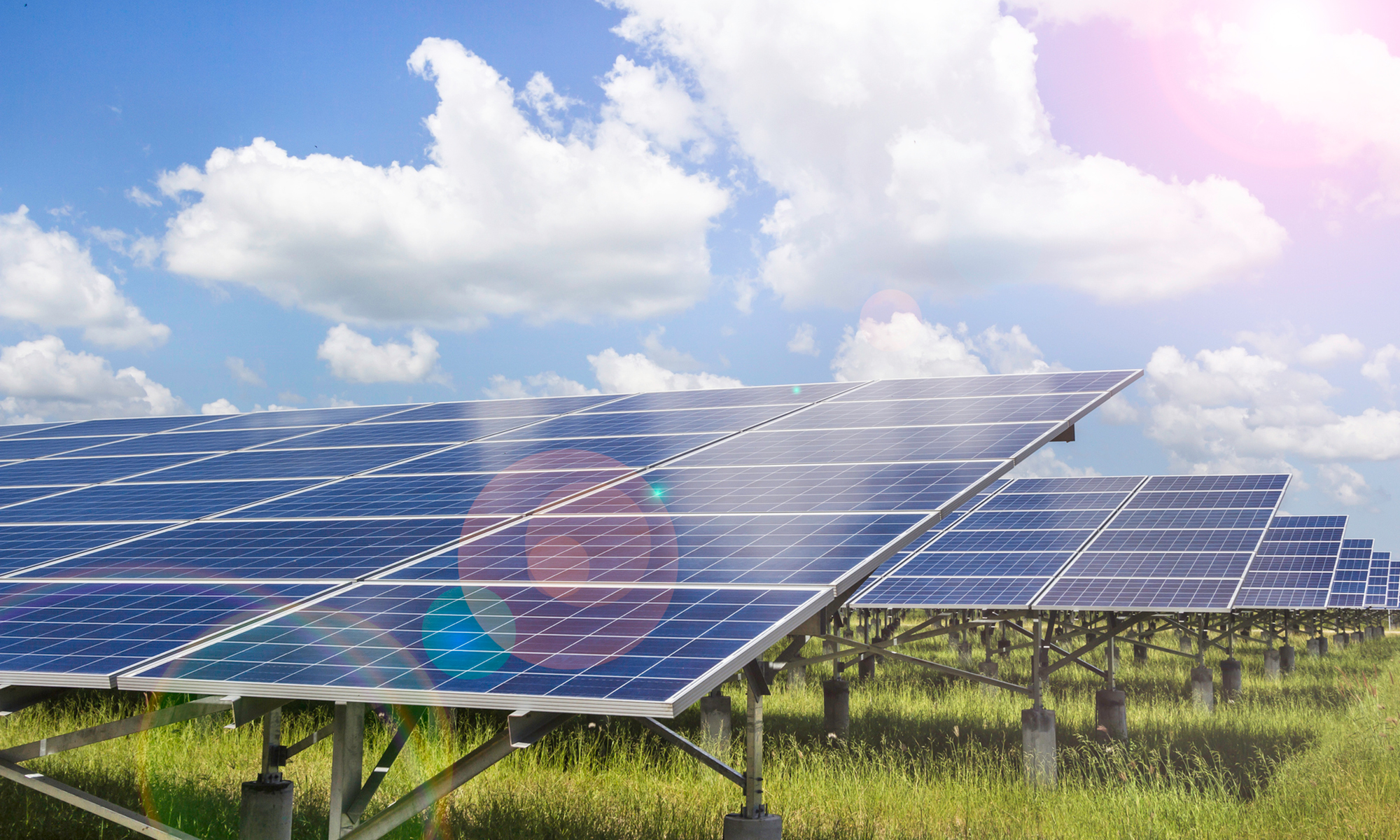- GE filed petitions on Friday to challenge the validity of a pair of Vestas patents at the Patent Trial and Appeal Board. Those patents were asserted by Vestas against GE in related patent litigation in federal court.
- GE and Vestas are now likely to continue their patent fight in two forums: the federal court hearing patent infringement claims between the parties and the Patent Trial and Appeal Board hearing GE’s validity challenges to the Vestas patents.
General Electric Co. has challenged a pair of patents owned by Vestas Wind Systems A/S at the Patent Trial and Appeal Board. In petitions for inter partes review filed last Friday, GE alleges that the Vestas patents are invalid because they merely claim as inventions what was already known in the field of wind turbine technology. With the parties already engaged in litigation in U.S federal courts, GE’s move opens a second front in the ongoing patent fight with Vestas.
GE initially sued Vestas in July 2017, alleging that Vestas infringes GE’s U.S Patent No. 6,921,985. In November, GE expanded the lawsuit by adding another patent – GE’s U.S. Patent No. 7,629,705 – that GE asserted Vestas also infringes. Both of GE’s asserted patents are directed to technology for connecting wind turbines to power grids.
Vestas answered GE’s allegations in November by denying that it infringed GE’s patents and further arguing that GE committed inequitable conduct when obtaining one of the asserted patents from the U.S. Patent and Trademark Office. If substantiated, the inequitable conduct charge would render the relevant GE patent unenforceable against Vestas. A few weeks later, Vestas filed counterclaims in the lawsuit to assert that GE infringes a pair of Vestas patents. Specifically, Vestas alleged that GE infringes U.S. Patent Nos. 7,102,247 and 7,859,125; both of these patents are directed to technology for connecting and controlling wind turbines on a power grid.
GE’s petitions for inter partes review filed Friday challenge the validity of the ‘247 Patent and the ‘125 Patent asserted by Vestas against GE. Third parties may challenge granted patents by returning to the U.S. Patent and Trademark Office (USPTO) to request a review of the patent’s validity. These reviews are conducted by the Patent Trial and Appeal Board and typically involve a challenger bringing evidence before the Board to show that the patented invention was previously known in the technological field. Since patents can only be granted for inventions that are both new and non-obvious over existing technology, a challenger that is successful in demonstrating to the Board that the claimed inventions were described in previous publications can have the patent declared invalid.
In the petitions, GE argues that the inventions claimed in the Vestas patents did not qualify for patent protection because they were not new and non-obvious. For example, GE describes the claimed invention of the ‘125 Patent as the “the use of multiple brake resistors to dissipate power” in the electrical connection between a wind turbine and the grid. GE alleges that such use was disclosed in a Japanese patent that pre-dates the ‘125 Patent by nearly a decade. If the Japanese patent in fact teaches the claimed invention of the ‘125 Patent, then the ‘125 Patent may be declared invalid by the Board.
GE and Vestas are now likely to continue their patent fight in two forums: the federal court hearing the patent infringement claims between the parties and the Patent Trial and Appeal Board hearing GE’s validity challenges against the Vestas patents. Vestas will have an opportunity to respond to GE’s allegations, and a decision whether the Board will hear those challenges is expected no later than October 2018.
